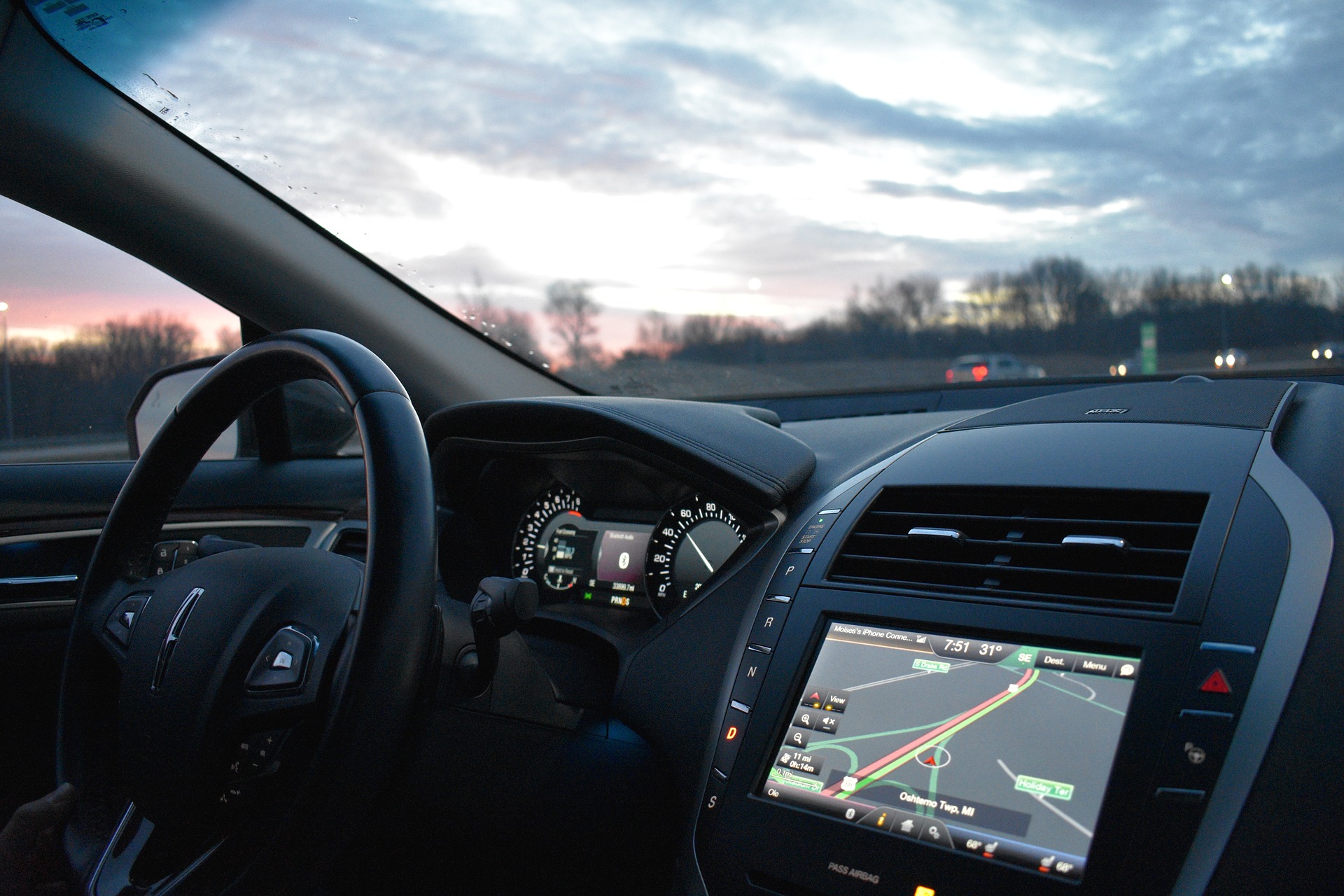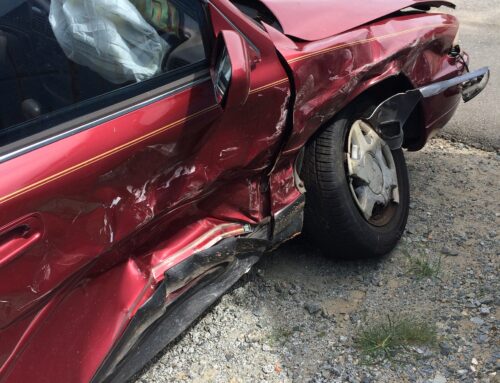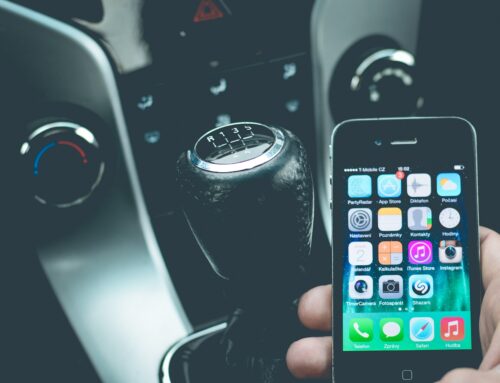The level of technology now included in our automobiles is astounding. Easy to use and intuitive tech features drive new car purchases, with buyers across the board willing to pay as much as $2,200 more just to have them. For those people who have been driving the same car for more than a decade, new car shopping will be an eye-opening experience.
Much of this new car technology will keep you safer and may help you with insurance rates in the future – so let’s take a look at the current technology, and where it may be headed in the very near future.
The Coolest New Car Technology Features
Some of these features have been around for several years, and some are on the horizon. But new car shoppers are likely to find most or all of them in nearly every car they view. To prepare you for the experience, here is a breakdown of some of our favorites.
Keyless entry: Although introduced in 1980, the technology has evolved from keypads to hands-free smart keys. As long as the key is in your purse or pocket, the car unlocks when you touch the door handle. This ends the need to fumble for a key in the dark or when your hands are full. Some systems are also based on motion-sensors, such as kicking your foot under the rear of the car to open the trunk. This feature has also evolved into keyless start, which only requires the push of a button as long as the key is in close proximity.
Advanced Safety Features: Modern safety features not only keep us more secure, but also provide a semi-autonomous driving experience. From blind spot monitoring to adaptive cruise control and automatic braking to prevent collisions, drivers are safer on the road thanks to new car technology. While these features are no doubt helping us to reduce traffic fatalities, drivers report being uneasy at the sensation of the car accelerating and decelerating on its own; some are distracted by the warning beeps at first. But once they get used to it, drivers love it.
Telematics: Telematics utilize technology tools such as the GPS, accelerometer, and gyroscope, to monitor personal driving behavior and collect data. The data is then analyzed to determine your risk factor as a driver. Already being utilized by some larger car insurance providers, telematics can often directly affect your auto insurance premium (for better or for worse.) Telematics generally operate via a dongle plugged directly into your vehicle, or with an app you use on your smartphone. While some feel uncomfortable with the monitoring aspect of this technology, safe drivers come to appreciate the discount in premium come renewal time.
Self Healing Tires: Tires that resist puncture or can fix themselves are a huge benefit to drivers. A puncture when traveling in inclement weather ,with children, or on the highway can be particularly unsettling. There are two types of self-healing tires: run-flat tires and self-sealing tires. Run-flat tires enable your car with punctured tires to continue at a lower speed for a limited distance – typically 50 mph for up to 50 miles. This allows you to get to a safe place to have the tire changed. Self-sealing tires are slowly entering the market, using the latest rubber technology to seal tread punctures.
Connected Cars: The latest buzzword in the automotive industry is “connected cars”, those vehicles which communicate with the rest of the world via the Internet of Things. Hands-free use of smartphone technologies is just the beginning, but onboard concierge services are all the rage – they can find a parking spot ahead of your arrival, book a hotel room, or call for an emergency tow. Included applications currently sync with your smartphone, but should soon routinely interact with your home appliances, lighting and security system as well.
Cars Seats: People are long-accustomed to seat warmers and adjustable seats, but the future of new car technology in this area will completely revolutionize the way we drive. Once self-driving cars become the norm, expect seats which can swivel to face the people in the back seat, or to lay down flat and turn into a bed. This entire suite of services, however, will take a lot of getting used to by traditional drivers. Another interesting area of research is utilizing car seats to monitor the health of the driver and passengers. Seat belts can monitor heart rates, for instance, and react in a variety of ways including instituting a massage program to decrease stress, or alerting the occupant that something is amiss.
If you have purchased a new car, it is a great time to reconsider your car insurance. If you are looking for competitive automobile insurance in Sarasota or Bradenton, call Anderson & Associate Insurance Group.










